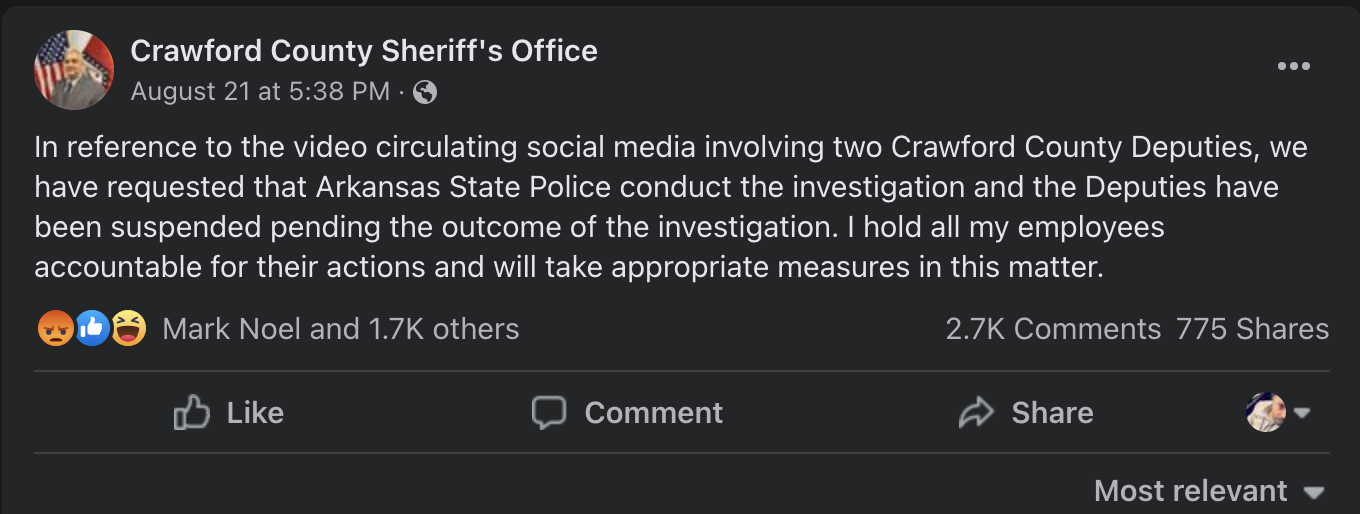There are a few things to keep in mind when responding to a crisis of a viral video. First, it is important to remember that the internet is a global community and that your response will be seen by people from all walks of life. Second, it is important to be respectful and professional in your response. Finally, it is important to be swift in your response in order to contain the damage.
The first step is to assess the situation and determine what exactly is happening. Is the video damaging to your company or individual reputation? Is it causing financial harm? Is it illegal? Once you have a clear understanding of the situation, you can begin to craft your response.
If the video is damaging to your reputation, it is important to issue a public statement. This statement should be apologetic and take responsibility for the situation. It is also important to outline what steps you are taking to rectify the situation. For example, if the video shows someone using your product in an illegal or harmful way, you might pledge to increase safety measures or donate money to a related cause.
If the video is causing financial harm, it is important to take legal action. This might involve working with law enforcement or filing a lawsuit.
It is also important to monitor the situation and continue to respond as needed. This might involve issuing additional statements or taking additional legal action. The goal is to contain the damage and protect your reputation.
Two Arkansas police officers are on administrative leave after a video surfaced showing the officers using force during a man’s arrest. The video shows one of the officers striking the man several times in his head and face with their fists.
These types of incidents are under scrutiny more often than ever before, thanks to smartphones and social media platforms. In fact, this article is being released on National Video Camera Day, an annual event started by Digital Age Citizenship to heighten public awareness about surveillance technologies and their implications for our society. But it’s not just technology that has helped bring these incidents into the light—it’s also good old-fashioned journalism.
Readers might be aware of several high-profile cases involving the use of force by police in recent months, including situations in New York City, Arkansas, Oklahoma, and Alabama. That’s because local news organizations are digging deeper into these issues at a time when other outlets may not see them as profitable or newsworthy topics.

The Arkansas man, Randall Worcester, is recovering in the hospital after being beaten by police during a routine traffic stop. The video of the arrest has led to an investigation, and three police officers have been placed on leave.
As a law enforcement agency, responding to a crisis after a viral video tarnishes the image of your agency is imperative. Here are some Pro’s and Con’s to responding right away to a negative viral video:
Pros:
- Improved community relations: By responding quickly and effectively to a crisis, you can improve your relationship with the community.
- Increased transparency: A strong response to a crisis can show the public that your agency is transparent and accountable.
- Better media coverage: A positive response to a crisis can result in better media coverage of your agency overall.
- Enhanced reputation: An effective response to a crisis can enhance the reputation of your agency both within the law enforcement community and with the general public.
Cons:
- Reputation management is time-consuming: After a viral video, law enforcement agencies have to spend a lot of time managing their reputation. This includes issuing statements, talking to the media, and investigating the incident.
- It can be costly: The cost of reputation management can be high, especially if you need to hire outside help.
- You may need to make changes: In some cases, a law enforcement agency may need to make changes in order to improve their image after a viral video tarnishes it. This could include changing policies or re-training employees.
- You could lose support: If an incident is particularly damaging, it could lead to a loss of support from the public or elected officials.


